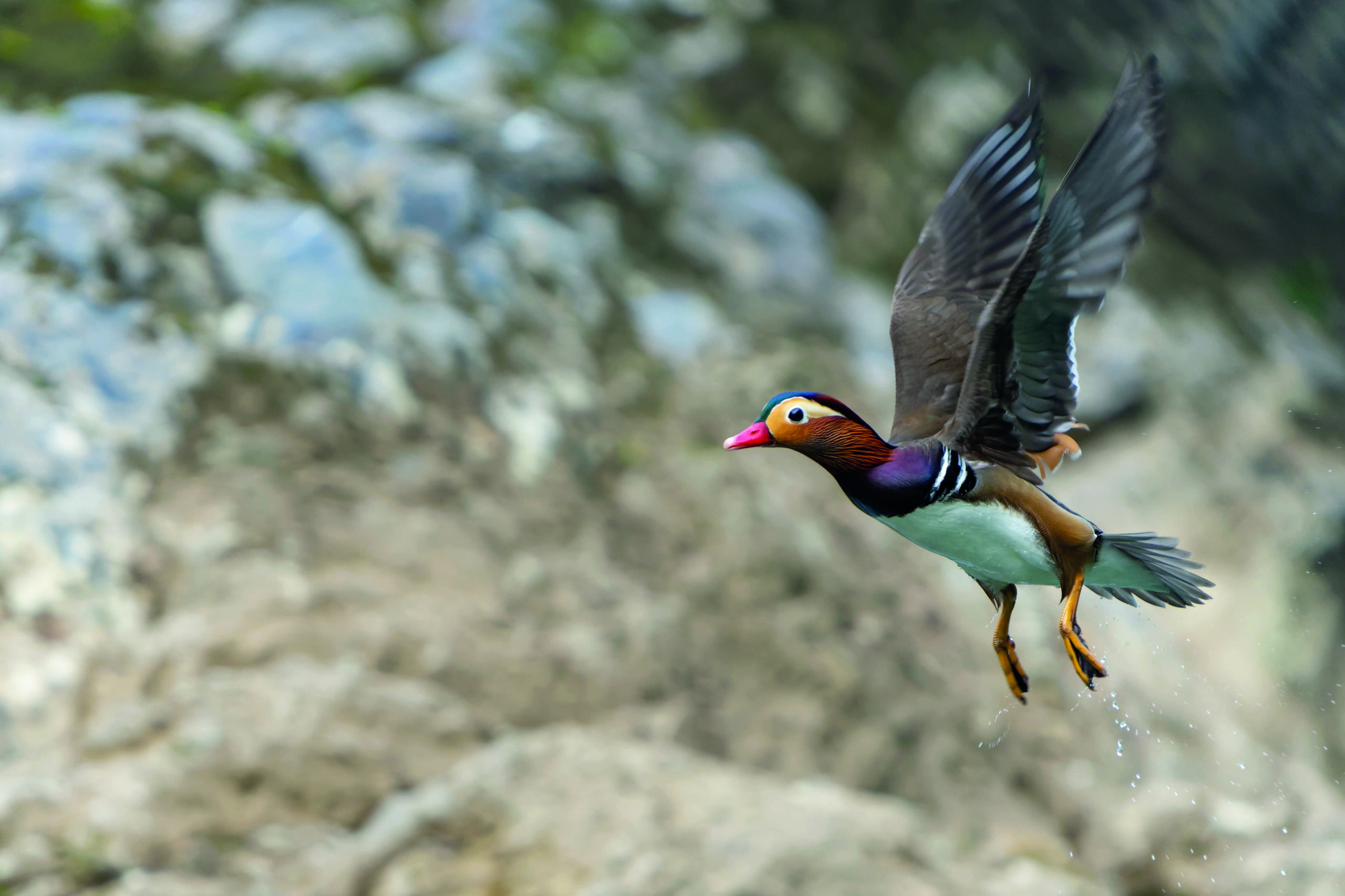Are we shooting wild birds sustainably?
Government reviews of bird quarry lists could be on the horizon, but BASC is preparing for the challenges ahead, writes Conor O’Gorman.

In September, Shooting Times broke the news that four duck species – scaup, pochard, goldeneye and pintail – had been removed from the quarry list in the Republic of Ireland. There were also calls for golden plover and shoveler to be taken off the list, but they remain as quarry species for now.
The National Association of Regional Game Councils complained of inadequate consultation with the shooting community in Ireland about the changes and we may see a fightback for some of the species taken off.
Naturally, the ducks that visit the British Isles don’t respect borders, so is there a conservation issue that needs addressing by reducing shooting pressure for these and other species in Northern Ireland, Scotland, Wales and England? That is the question that BASC has been looking into for some time now, and in summary we will challenge proposals to remove or amend the right to take a sustainable harvest of wild bird species. The fortunes of our quarry species are mixed, with a population boom in pink-footed geese while other species such as pochard and pintail are seeing long-term declines.
In the event of a review anywhere in the UK, while we may see some species additions, there will certainly be proposals for some species to be removed from the quarry list. And that’s a one-way trip, for I cannot recall an example of a bird species returning to the quarry list anywhere in the UK once it’s been dropped. So, what should we do before this happens?
BASC has historically supported a self-regulatory approach in the face of political pressure to take bird species off the quarry lists. Retaining species on the quarry list maintains the driver for essential habitat creation, management and targeted conservation measures by the shooting community, which may otherwise not take place.
Self-regulation has helped to build trust and wider buy-in, and has been implemented at speed and at specific locations for greater benefit than knee-jerk legislative changes. Voluntary restraint on shooting birds during periods of severe winter weather – a process supported by shooters and conservation agencies – is a case in point. Voluntary measures that dictate when and where we shoot woodcock during the open season is another.
However, in the current political climate, arguing for the status quo on the promise of self-regulation is going to be a hard sell, not least due to increasing polarisation and stakeholder distrust in any public debate about shooting.
With all this in mind, BASC has completed a detailed review of all UK quarry bird species, resulting in the creation of a ‘sustainable shooting framework’. The framework provides a structured process for us to make shooting and management recommendations for quarry bird species in a consistent, evidence-based manner.
We have looked at all bird species currently on the quarry list, such as gamebirds, ducks, geese, waders and rails, and species that could warrant being added to the list, such as woodpigeon, Egyptian geese and mandarin duck. Most of the species reviewed fell into the ‘no change’ or minimal change categories, while more detailed actions might be needed for coot, black grouse, moorhen, pintail, pochard and ptarmigan.
Front-foot approach
BASC’s head of wildfowl and wetlands, James Green, said: “There are pros and cons for both proactive and reactive approaches to quarry species reviews. These have been debated at length at meetings of BASC’s Wildfowling Liaison Committee and the BASC Council and, on balance, if we want to be successful in retaining or adding species to the quarry list, a front-foot approach is required where we can truly influence the direction of travel.
“What that means is not waiting for Government consultations to arise but instead taking the initiative at all levels. As such, we have been approaching other organisations and conservation agencies with our evidence-based recommendations.”
So, in conclusion, we will continue to argue for self-regulation and the actions required to justify that for each species – and critical to this will be your support for any calls to action to help drive forward our long-term sustainable shooting objectives.








